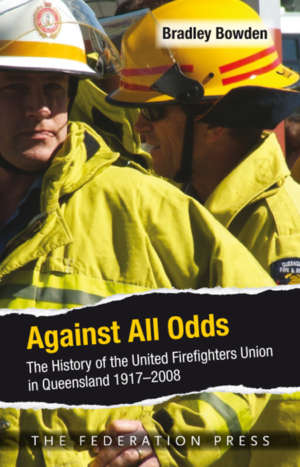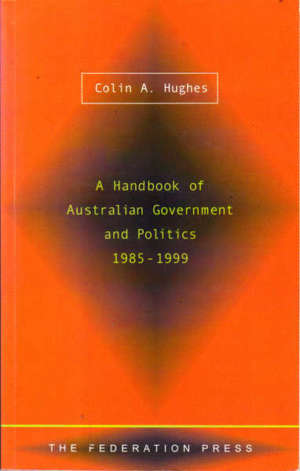Product Description
This book is an authoritative history of the NSW Parliament from its establishment in 1856 to 2003. It gives comprehensive accounts of both the Legislative Assembly and the Legislative Council, including analyses of their performance based on contrasting ‘liberal’ and ‘executive’ models of Parliament.
The history of the Parliament is contextualised by the changing political background in which it operated over 150 years. It is enlivened by portraits of colourful Members, such as WP ‘Paddy’ Crick, drunken brawler and master of Parliamentary procedure, and accounts of incidents such as George Fuller’s seven hour Government and the siege by trade unionists in 2003.
On a broader level, the book is a dissertation on the nature of State politics and Parliaments and on the theoretical study of parliamentary institutions.
A NSW Sesquicentenary of Responsible Government publication.




